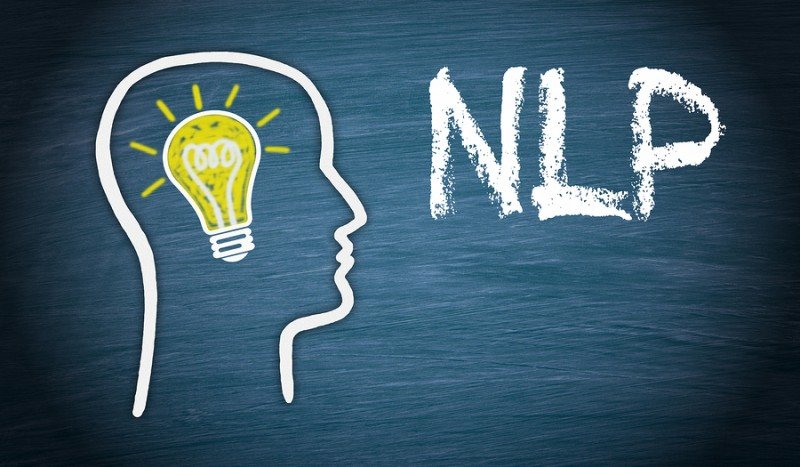Today I’m going to talk about NLP techniques, basically part 2 of my previous topic Hello to NLP. Before I start, I would like to summarize my previous topic; a quick recall.
- Hello to NLP was an introduction session, explaining what it is, how it works, and its benefits.
- NLP is Neuro-Linguistics Programming.
- NLP is a technique that helps to get the desired behavioral outcome.
- NLP was invented by Richard Bandler & John Grinder in 1970.
- NLP helps for both professional and personal development.
- It helps you to view life from a different perspective.
- It makes you more self-aware and enhances your emotional quotient.
- It works on the behavioral outcome of the belief system which is the ‘Iceberg model’.
- And then the benefits of NLP:
- It helps to cure phobias, depression, anxiety and get rid of unwanted habits.
- It also helps you in effective communication and rapport building.
- Hence, NLP helps you to be positive and successful in life.

Today I would like to introduce one technique. I personally consider this as a very basic but important one.
Anchoring:
You basically anchor someone, something or some emotion to other. It basically helps with emotional quotient and the activities following.

So how many of you have ice cream or coffee when you’re stressed?
- This is what I do. Whenever I had stress at work, I go for a coffee break. So here I anchor some emotion to a thing.
- At times of Depression, I tend to listen to a set of music
- Black dress has always been a favorite and a symbol of confidence.
This action of anchoring we all do in our daily life. This will help you in knowing your emotion, controlling it, and channelizing it to a positive behavioral outcome, which isn’t an easy task.
Anchoring, the NLP technique, is about creating an association between two separate elements where none existed before. Anchoring, the phenomenon, occurs naturally in human beings. Here are some examples:
- You walk into a house where someone is baking an apple pie. The smell immediately transports you back to visiting your grandmother’s house when you were a small child.
- You sob your way through a family member’s funeral and many people come by and put an arm around your shoulders as a show of sympathy. Years later, whenever someone puts an arm around your shoulders in a very similar way, you experience an inexplicable wave of sadness.
- You and your teenage boyfriend have a top ten hit that you label ‘our song’. Many years later when you hear the song on a ‘golden oldies’ station, you instantly remember the smell of his aftershave as he held you close while you danced to the song.
- You loved chocolate milkshakes as a child but you haven’t had one in years. On a whim, you order one at the local cafe, and the minute you take your first sip, you recall hanging out with your friends at the old snack bar, guzzling milkshakes in your school uniforms.
- You stand on a hillside and watch the waves below pound against the beach. Suddenly you’re back on another beach decades earlier where you sat on a similar hilltop and gazed at a similar combination of surf, grass, and clouds.

An anchor can be defined as an association between events. The term ‘anchoring’ – as used by NLP practitioners – refers to the internal process by which the brain forms the connection. As you can see, these random associations happen constantly throughout a lifetime. Anchoring is one of the powerful and subtle NLP models. It is also one of the most powerful.
Fine-tuning it to a positive outcome, we may have a great behavioral change and a positive image of ourselves.

